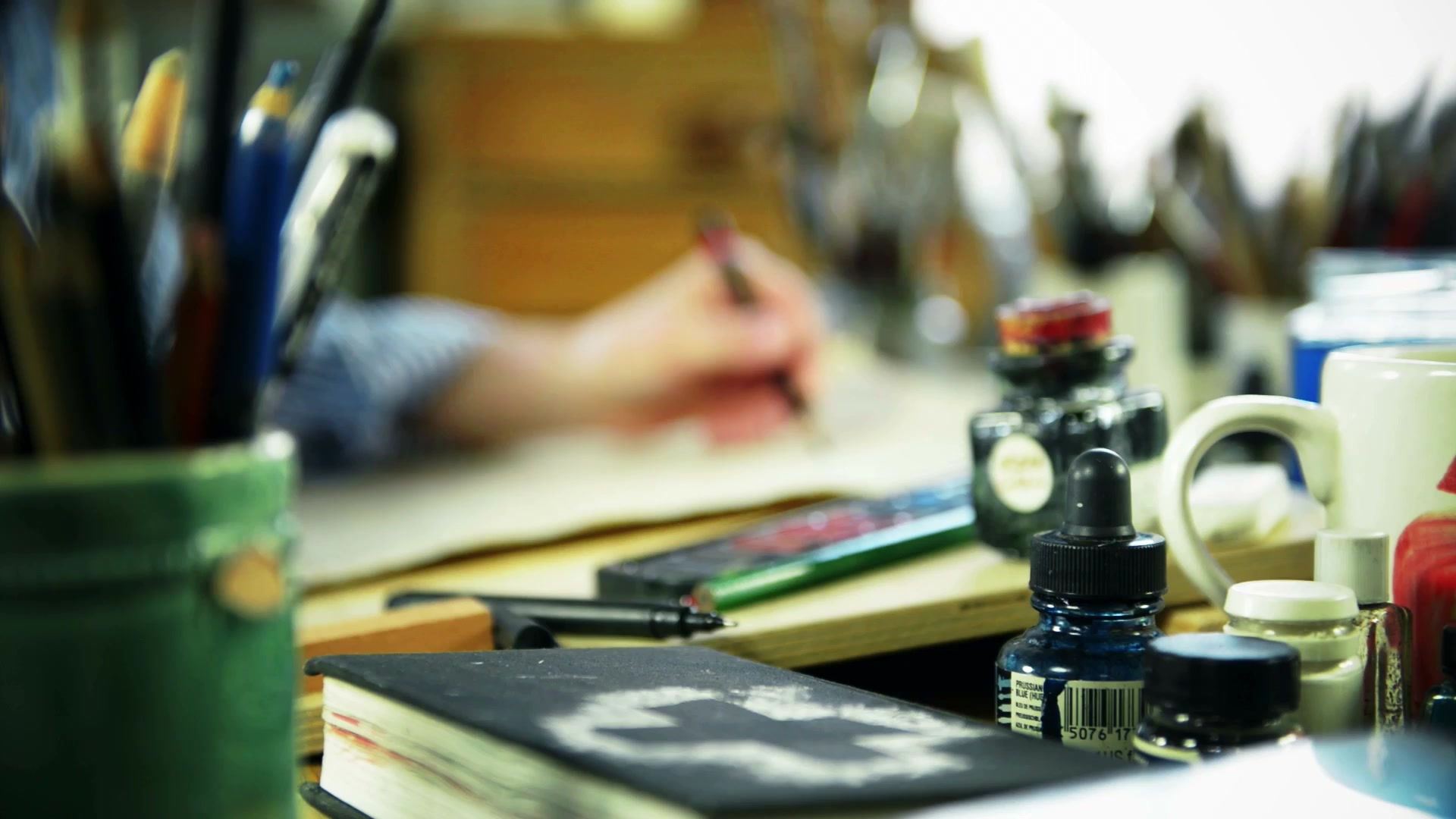
Gauge - Help! My rows are too short
- Jean

- Jun 20, 2023
- 3 min read
Updated: Jun 21, 2023

Knitting designer Kate Davies’ pattern Peerie Flooers
We love this pattern.
It is beautiful and looks good.
This is a great beginning project to get started in the world of colorwork.
But... gauge?
The Goal -
Knitting a hat so it fits a person's head...
We start by knitting gauge swatches to reach the designer's gauge.
The reality is we have never come close to the gauge in Kate's designs with the needle size she suggests. No biggie. Evidently our knitting tension is very different from Kate's. This is what Kate's directions say, below.
gauge
28 sts and 34 rounds to 10cm / 4in over colourwork on gauge-size needle.
Use 3.25mm / US 3 needle as a starting point for swatching.
How to reach the right gauge?
SHORT ANSWER - try changing your needles -size, shape, or what they are made from...
Please read Jean's explanation below for the reasoning behind WHY we switch needle sizes/shapes/materials
It turns out these FIVE factors change our knitting gauge:
Knitter
yarn size
needle sizes
type of needle - straight vs circular, vs double pointed, round vs tapered, square end vs round end...
material of needle - bamboo, steel, wooden, plastic...
Few newer knitters realize there are more than two factors to changing your gauge (more than changing yarns or needle size) or that there are such a variety of needles available to us.
YOU ARE THE KNITTER :)
Yarn size is determined by the designer.
Needle size is determined by your personal tension as a knitter.
*The type of needle is usually given as a personal choice, whether you have or work with circular needles more than double-pointed needles, etc, but it WILL influence your final fabric’s gauge.
*The material of your needles is also usually given as a personal choice, whether you want slippery, quiet, or “fast” needles, but this WILL impact your fabric’s gauge as well.
*BUT these personal preferences will change the resulting final gauge.
Check out my first swatch:

This was knit on sized US 1, wooden, square needles, and the row gauge is not working. I am right-on with the stitches gauge, 28 stitches = 4”, but the row gauge is way short, 34 rows = 3.5”
My rows are tooo short! :(
What to do? I’m not at the right gauge with this combo of needles, yarn and my hands... Still knitting with the same yarn, I switch to a new color so I don’t run out of one color, but I also switched one more variable....
Check out my second sample, below:

I try for my second sample, knitting on US 1, but this time - on steel needles.
The gauge is right on!
What Happened?
I was able to choose my needle size, knowing I needed smaller, based on my experience with my knitting tension, being a loose knitter, and experience with the designer’s needle suggestions. Instead of a US3, I used a US1.
I decided to switch needle materials because I was using such a small needle already and had reached the correct gauge stitch-wise, just not row-wise. I switched from a wooden needle to a steel needle and found the correct gauge.
Swatching Details - reading this makes you a super-knitting-nerd.
:)
I knit the exact number of stitches plus a selvedge edge of two stitches on each edge.
I also measured the sample only after I have wet-blocked the sample because all hats eventually need to be cleaned and all hats eventually get wet. We need to know what will happen to our projects after we hand them (gift or sell) to the end-user.
My pattern asks for 28 sts (stitches) and 34 rounds (Rows) to 10 cm / 4”. The designer says she achieved this on a US 3 needle. I know I need a smaller needle from previous experience, so I start in on my first test-sample with US 1 needles.
I cast on 4 more stitches than the gauge (cast on 32 sts) and I knit it up to 4 more rows than the gauge (knit 38 rows) and cast off. Then blocked the swatch and measured.
Drat! It is off just a bit... but I fixed it by switching, not yarn nor needle size, BUT by switching the material my knitting needles are made from. ;)





Comments